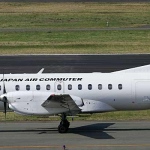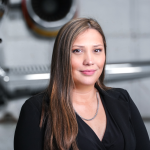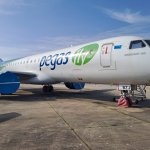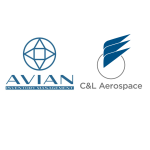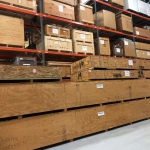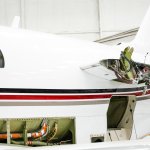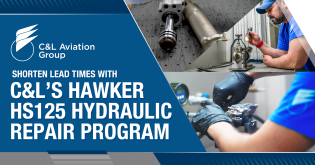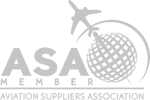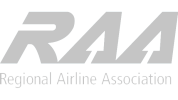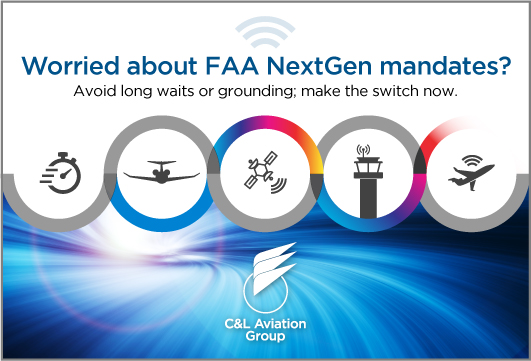 If there was just one piece of advice we could give about the ADS-B (Automatic Dependent Surveillance-Broadcast) component of the FAA’s NextGen (Next Generation Air Transportation System) mandates for 2020, it would be this: Make plans for your transition now (See Number 1 below).
If there was just one piece of advice we could give about the ADS-B (Automatic Dependent Surveillance-Broadcast) component of the FAA’s NextGen (Next Generation Air Transportation System) mandates for 2020, it would be this: Make plans for your transition now (See Number 1 below).
But in fact, there are many more questions, myths and misunderstandings surrounding the switch to ADS-B, and we’d like to help clear up the confusion.
1. Why do I need to worry about the NextGen mandates now?
The FAA has set the end of 2019 as the deadline for all aircraft flying in controlled airspace to comply with new ADS-B requirements. That means you and your aircraft could be grounded on January 1, 2020, if you have not made the necessary upgrades. But that’s still 3 years away – why worry now?
Nearly 200,000 aircraft are affected by the FAA’s new mandate. Between now and 2020, all of them will need to be upgraded, and there are only a limited number of MROs and qualified technicians to do it. Turnaround times will be affected across the board, but especially so closer to the deadline.
“No question, there will be a shortage of parts,” says C&L Avionics Sales Manager Al Kinnamon. “The sooner people get their aircraft in for the upgrade, the more chance they have to avoid the bottleneck.”
Bottom line: Making a plan now will save you increased hassle later.
2. Why is the FAA switching to ADS-B?
ADS-B will change the way Air Traffic Controllers manage air traffic, and it is a better and safer alternative to the current radar system. ADS-B gives pilots the ability to self-report their position, and it lessens reliance on controllers and radar screens in a central reporting facility. It is a move away from ground radar and toward more precise satellite signals.
According to the FAA, “With ADS-B, pilots for the first time see what controllers see: displays showing other aircraft in the sky. Cockpit displays also pinpoint hazardous weather and terrain, and give pilots important flight information, such as temporary flight restrictions.”
3. Will meeting the requirements cost me a lot of money?
The expense involved with upgrading to an ADS-B system will mostly depend on (1) your current system and (2) what’s involved to make the switch. There is wide variability.
However, there are some ways to eliminate extra cost:
• Getting the work done early means you can avoid longer wait times.
• Speak to a sales representative to make sure you are getting exactly what’s needed for your specific aircraft.
• Consider getting other maintenance done at the same time. MROs like C&L that have everything–maintenance, parts, interior shop and paint hangar—all at one location save you the hassle and expense of ferrying aircraft from one facility to the next.
In the long run, you will also see savings from having switched to ADS-B. Satellites offer incomparable precision, allowing controllers to keep aircraft closer and eliminate holding patterns. Operators will be able to fly more directly from one point to another. Eventually, that will save you time and money.
Our technicians and sales team are ready to support you every step of the way. Please contact us today so that we can help you develop an efficient plan that will minimize time and money and maximize benefits.

